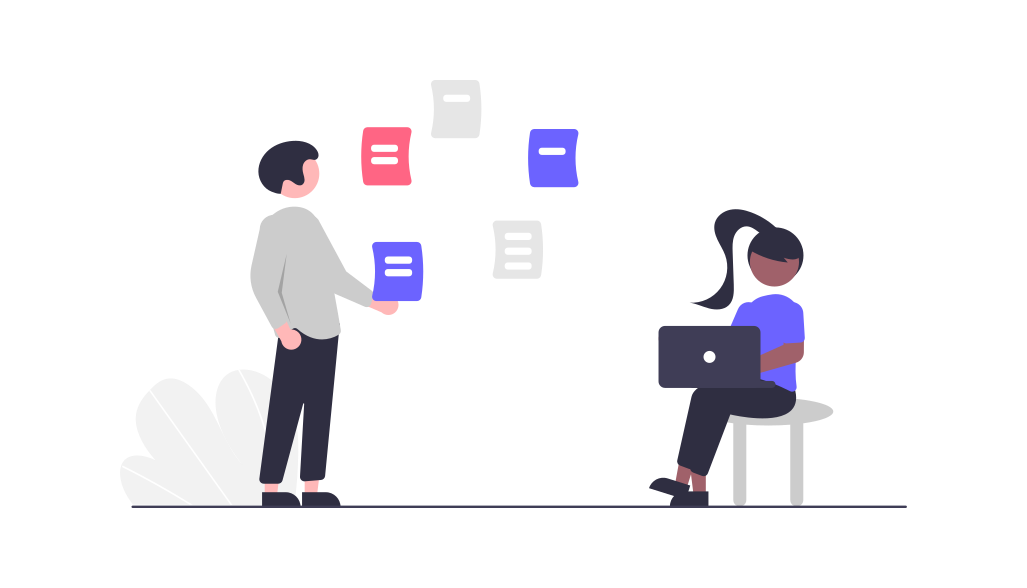Product-led growth (PLG) is a business strategy where the product itself serves as the primary driver for customer acquisition, expansion, and retention. In B2B marketing, PLG companies face distinct challenges that differ from traditional sales-led models. Here, the emphasis is on creating a seamless experience that encourages users to explore, adopt, and find value in the product without heavy reliance on sales teams. While this approach can result in efficient growth, it requires unique strategies to address the challenges of engagement, conversion, and customer satisfaction.
This blog explores the unique marketing challenges faced by B2B PLG companies and provides solutions to overcome them.
1. Challenge: Creating Demand Without Traditional Sales Involvement
In PLG models, traditional sales processes are often minimized or replaced by a product-driven approach. Instead of interacting with sales reps, users typically learn about the product through self-service trials, freemium models, or interactive demos. This setup requires marketers to create demand without relying on direct sales interactions, which can make it challenging to demonstrate the product’s value.
Solution:
Focus on content marketing and in-product education to showcase the product’s benefits. Create onboarding guides, video tutorials, and self-help resources that highlight core features and use cases. Develop a robust content strategy that includes blogs, webinars, and how-to guides tailored to different stages of the buyer journey. This content helps prospects understand the product independently, allowing them to experience its value firsthand.
2. Challenge: Driving Adoption and Engagement in the Early Stages
PLG companies rely on high user engagement and product adoption to drive growth, as users need to experience the product’s value before considering paid plans or additional features. However, achieving early-stage adoption can be challenging, as users may lose interest if they don’t see immediate value or face friction in using the product.
Solution:
Implement an optimized onboarding process that minimizes friction and quickly demonstrates value. Guide users through key features with in-app messages, tooltips, or checklists, ensuring that they experience the product’s benefits within their first few sessions. Use data-driven insights to identify where users drop off during onboarding and make adjustments to keep them engaged. Additionally, consider offering personalized product tours based on user roles or goals to enhance relevance.
3. Challenge: Balancing Freemium and Paid Conversions
Freemium models are common in PLG strategies, allowing users to try the product for free with the option to upgrade to a paid plan for additional features. While freemium helps attract users, it can be difficult to convert free users into paying customers, especially if they are satisfied with the free version.
Solution:
Use targeted upgrade prompts and premium feature visibility to encourage conversions. Highlight premium features that align with user needs and offer benefits that enhance their experience or productivity. Personalize upgrade prompts based on user behavior, such as showing prompts when users reach the limits of the free plan or interact with premium-only features. Additionally, consider offering incentives for upgrading, such as discounts or extended trial periods, to encourage users to explore the full version.
4. Challenge: Measuring Marketing Success in Product-Led Models
In traditional models, marketing success is often measured by lead generation and handoffs to sales teams. However, in a PLG model, success metrics differ as the focus shifts to product usage, engagement, and adoption rather than direct sales handoffs.
Solution:
Focus on product engagement metrics to gauge success. Key performance indicators (KPIs) for PLG companies might include metrics like time to first value (the time it takes for users to experience the product’s benefits), feature adoption rates, and activation rates. Track retention and user satisfaction metrics to understand how well the product is meeting user needs. By analyzing these metrics, marketers can optimize campaigns to increase engagement and retention, which are directly tied to revenue growth in a PLG model.
5. Challenge: Managing Customer Support and Success at Scale
PLG companies often deal with a high volume of users, including free and trial users who may need assistance or onboarding help. Providing effective support for such a large user base without extensive customer success resources can be challenging, especially when trying to maintain a positive user experience.
Solution:
Implement self-service support options and automated help systems. Offer resources such as knowledge bases, FAQ pages, and community forums where users can find answers independently. Consider adding chatbots to provide instant answers to common questions. Automating parts of the support process allows users to resolve issues quickly, ensuring a positive experience without overburdening the support team. For paying customers or high-potential users, implement tiered support to provide additional help and personalized onboarding assistance.
6. Challenge: Retaining Customers and Driving Expansion
In PLG companies, revenue growth depends not only on customer acquisition but also on retention and expansion, such as upselling or cross-selling to existing customers. Since PLG models rely on the product experience to drive expansion, maintaining high customer satisfaction and continuously demonstrating value is essential.
Solution:
Use product usage insights to identify expansion opportunities and create personalized outreach based on user behavior. For example, if users frequently engage with certain features, consider recommending complementary tools or features that enhance their experience. Provide regular updates about new features, upgrades, and improvements to keep users engaged. Customer surveys and feedback loops can also help you understand user needs, enabling you to make improvements that foster long-term loyalty.
Conclusion
Product-led growth in B2B marketing presents unique challenges, from driving engagement without a traditional sales model to balancing free and paid conversions. By focusing on education, personalization, and self-service support, PLG companies can build marketing campaigns that attract, engage, and retain users effectively. Adapting to these challenges with targeted strategies will enable B2B PLG companies to optimize growth, improve user experience, and create lasting customer relationships.


